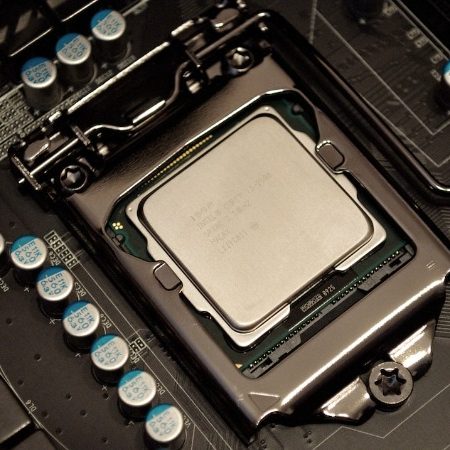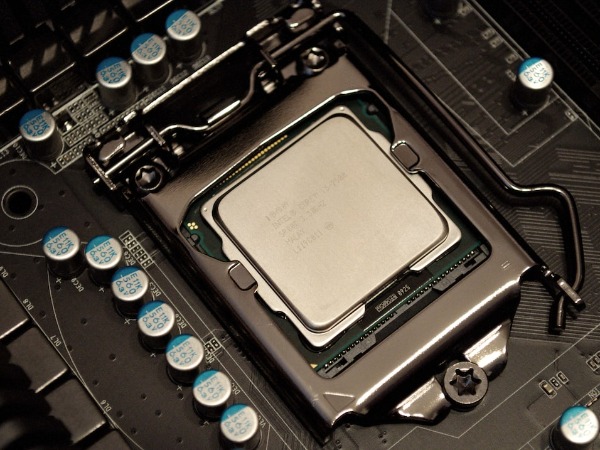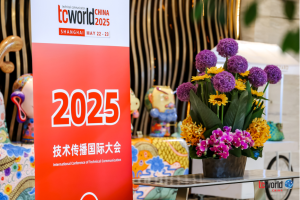Technical documentation refers to documents that explain how to use a technology product or perform technical processes. Translating technical documentation requires special consideration to maintain accuracy and usability. Here are some tips for effective technical documentation translation:
Experts recommend selecting translators who have familiarity with the subject matter.
Choosing a translator with expertise in the technical subject matter is crucial for accurate translation. They will comprehend complex concepts and have knowledge of industry-specific terminology in both source and target languages. Subject matter expertise ensures the translation preserves the original documentation's technical nuances and domain-specific meanings.
- Select translators with an educational background or work experience directly related to the field the documentation covers. An engineering degree or previous technical writing in the industry are strong indicators of technical proficiency.
- Look for translators who are fluent in the terminology and concepts of the technology domain. They should comprehend the meaning of technical terms and know the equivalent translations in the target language.
- Translators with subject matter expertise will be able to articulate complex information clearly without diluting or distorting the meaning. Technical concepts require precision to translate accurately.
Certified Language Services
At your fingertips are a wide range of professional language services.
Content Services
Technical Writing
Copywriting & Marcom Writing
Web Design & Website Translation
Translatioin and Localization
Software Localization Service
Technical Translation Service
Interpretation Service
Multimedia Translation Service
Transcreation Service
Maintain formatting and structure.
Translated technical documents must retain the visual structure, layout, formatting, and navigation. Elements like headings, lists, tables, diagrams, and media enhance comprehension. Consistent formatting allows users to find information and follow instructions easily. Translation technologies help automate reformatting to save effort.
- Formatting, like text boxes, images, tables, etc., helps organize information and make technical documentation easy to follow. Translators should replicate these to maintain usability.
- To facilitate usage, navigation elements like menus, page numbers, links, and bookmarks should function identically to the original version after translation.
- Use translation memory software like SDL Trados to automate retention of formatting and layout to reduce effort for translators. This speeds up translation while preserving structure.
Focus on clear, concise language.
Technical documentation should use simple, direct language focused on clear communication rather than style. Sentences should be short and uncomplicated. Uncommon phrases and idioms that don't translate literally should be avoided. Concise technical language improves translatability.
- Technical writing should be simple, unambiguous, and succinct to enable accurate translation. Long, complex sentences make understanding and translating the exact meaning difficult.
- Idiomatic phrases and colloquial language common only in the source language should be avoided as they often have no equivalent translation that preserves the meaning.
- Breaking text into easy-to-digest segments using descriptive headers and bullet points improves clarity for translation.
Proofread thoroughly for technical accuracy.
During proofreading, every technical detail in the documentation, including measurements, calculations, specifications, certifications, warnings, etc., must be verified for correctness against the source language version. Even minor errors can lead to improper usage, so a meticulous technical review is vital.
- Every technical detail, including measurements, material specifications, product attributes, calculations, certifications, etc., should be verified against the source to avoid any factual errors.
- Terminology consistency is crucial. The same term must refer to the same component/process throughout the documentation. Variations will confuse.
- Review by an expert in the subject matter will help catch inaccuracies in technical aspects like instructions, diagrams, or code samples that non-experts can miss.
Localize examples for each market.
Creating locally relevant examples and visuals tailored to the target region improves comprehension. Units and formats should align with local conventions. Graphics and design elements may need localization to be culturally appropriate. Adapting to the local context ensures smooth adoption.
- Units of measure should be converted to ones commonly used in the target region. e.g., miles to kilometers. Graphics should show units familiar to users.
- Icons, colors, symbols, design elements, etc., may need modification to suit local aesthetics, sensitivities, and cultural nuances.
- Language conventions like date formats, punctuation, and spelling variants must align with local standards for greater relevancy.
Summary
Effective technical documentation translation requires choosing specialized translators, maintaining formatting, using clear language, proofreading for technical accuracy, and localizing the content. Following these best practices will produce high-quality and usable translated technical documentation for international audiences. Accurate technical translations are crucial for globally safe and properly using technology products and services.
Frequently Asked Questions
Q: Should machine translation be used for technical documents?
A: No, machine translation lacks the nuanced human understanding required for accurate technical translation. Professional human translators are best for this highly technical content.
Q: How is translating technical documentation different from other translations?
A: It requires deep subject matter expertise, focus on structure/formatting, and precision with technical specifications, which are less important in other translations focused on style and tone.
Q: What background should technical translators have?
A: Technical translators are most effective if they have an engineering background, technical writing experience, and past work translating similar subject matter. This enables precise technical understanding.
Q: How much does professional technical translation cost?
A: On average, professional human translation costs $0.15 – $0.20 per word. The expertise required makes it more expensive than general translation. Factors like subject complexity also impact the cost.
Q: Should translation match the source content word-for-word?
A: No, a technical translation should focus on conveying the meaning accurately rather than matching word choice precisely. The goal is equivalent, not identical, content.




![[Regulatory Update] Egypt Imposes New Certification Rules for Manual Translations [Regulatory Update] Egypt Imposes New Certification Rules for Manual Translations](https://maxsuntranslation.com/wp-content/uploads/2025/06/Egypt-Imposes-New-Certification-Rules-for-Manual-Translations-1-300x109.png)

